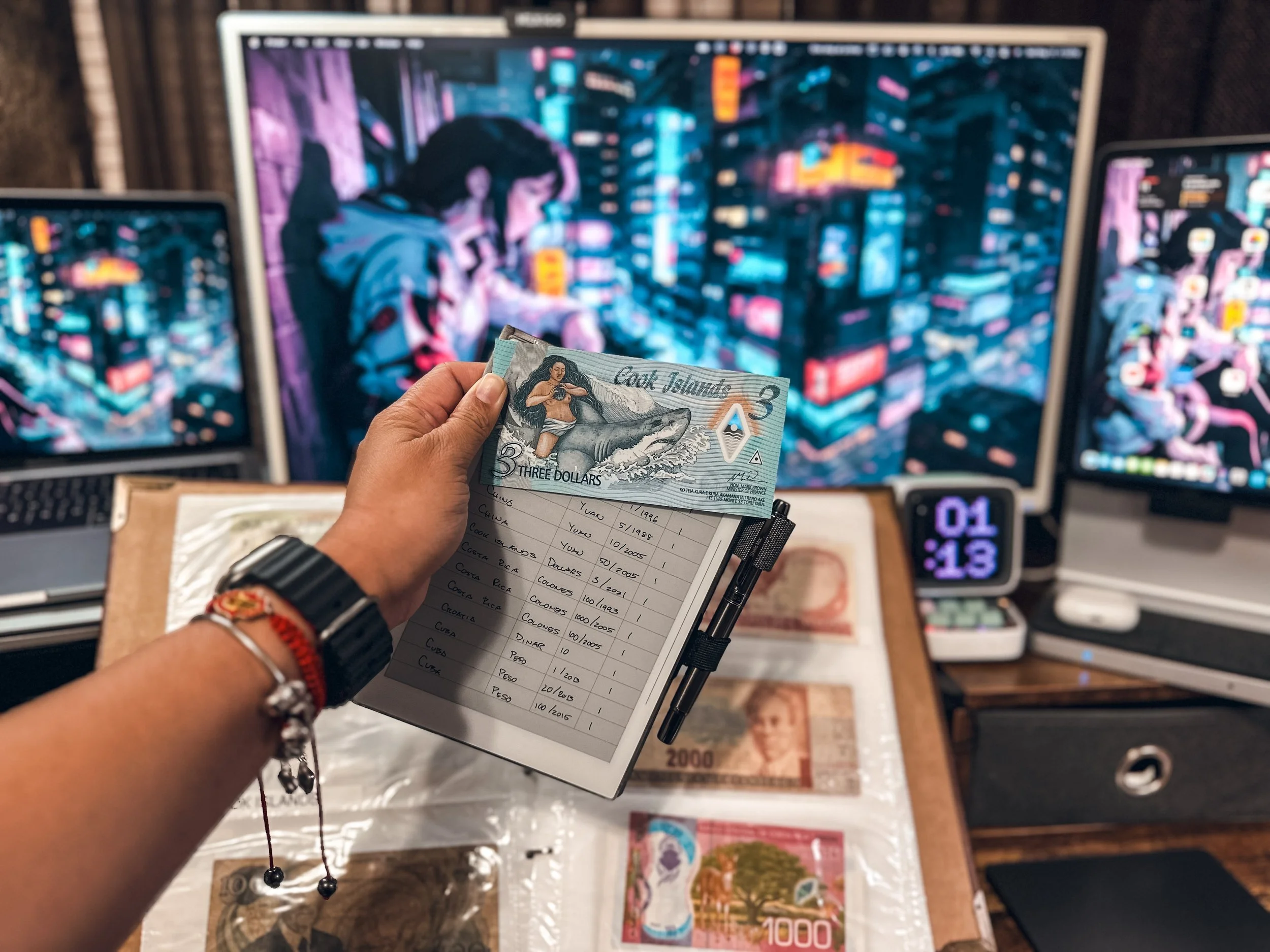WHAT IS NUMISMATICs?
Numismatics is the study and collection of coins, currency, and other forms of money. Numismatists, or coin collectors, are enthusiasts who study the history, design, production, and significance of various forms of currency from different time periods and regions. They may collect coins and banknotes for their historical value, artistic merit, rarity, or as an investment. Numismatics encompasses a wide range of interests, from ancient coins to modern currency, and it offers a unique perspective on economics, politics, and culture throughout history.
Honduran currency intricately weaves together the nation's history, including its ties to the ancient Mayan civilization. From the colorful depiction of the national hero, Lempira, on the banknotes to the use of indigenous symbols reminiscent of Mayan culture, each bill honors Honduras' rich heritage. Just as the Mayans once thrived in this land, their influence is palpable in the designs that adorn Honduran money, serving as a reminder of the country's enduring legacy and cultural resilience.
Growing up my dad's eyes would light up whenever he talked about his vast collection of banknotes from around the globe. But as time passed, his cherished collection mysteriously vanished.
Philippine guerilla money, or "Resistance Notes," served as makeshift currency during World War II, issued by guerrilla groups fighting Japanese occupation. These handmade notes feature patriotic designs and represent the resilience of Filipinos in the face of adversity, preserving a crucial part of the nation's history.
Determined to reignite that spark, I embarked on a mission to recreate his beloved collection. Armed with my Supernote, I began meticulously cataloging every note, capturing their intricate designs and rich histories.
I found that by integrating my travel sketches into the inventory it added a personal touch to our collection. I am using a combination of Supernote’s features to keep track of our collection.
Linking feature that links our collection list to my travel journal
Create multiple notebooks to separate commemorative and polymer editions of bank notes from the regular collection
ToDo feature (Still in beta as of today, 05/11/2024) to keep track of the next bank notes to obtain to complete a country’s set.
The yuan, China's official currency, is a symbol of its economic strength and cultural heritage. Meanwhile, the Temple of Heaven in Beijing, built during the Ming Dynasty, stands as a testament to Chinese spiritual beliefs and architectural brilliance. Together, they embody the harmonious blend of tradition and modernity that defines contemporary China.
Each note tells a story, a glimpse into a different culture, a different era. As well as the beautiful artwork.And with each addition, I feel closer to my dad because of it.
North Korea's currency, the North Korean won, reflects the nation's closed economy and isolated status. Printed in vibrant colors, the banknotes often feature images of political leaders, monuments, and ideological symbols. With limited access to international markets, North Korean money serves primarily for domestic transactions, underlining the regime's control over the country's economy and information.
But this journey isn't just about reliving the past; it's also about creating new memories with my dad. Integrating my travel drawings into my inventory adds a personal touch, interwining my own adventures with the currency of the world.
As I continue to collect, I'm reminded of the joy and importance in sharing passions with both my parents.
For other case uses of my Supernote devices:





